
When Ramón Méndez Galain became Uruguay’s energy secretary in 2008, his nation was beset with blackouts, soaring oil prices, and a developing economy with an appetite for electricity. Seven years later, Uruguay was powered by almost 100 percent renewable electricity with nary a grid-scale battery in sight. Today, with a $4 million Climate Breakthrough grant, he’s on a mission to replicate that shift in at least 50 nations. The issue is whether the “Uruguay Way” can be replicated in starkly different political, economic, and geographical environments.

1. Energy Crisis to Energy Sovereignty
During the early 2000s, Uruguay’s reliance on foreign fossil fuels made it susceptible to unstable international prices and drought-related hydropower shortages. Severely dry years would cost the economy as much as 2 percent of GDP. Méndez, at the time a particle physicist, recognized the possibility of the nation’s rich wind resources and wrote up an elaborate plan for a non-nuclear transition. His hiring by President Tabaré Vázquez was the beginning of a fundamental transformation that substituted incremental repairs with a complete overhaul of the energy system.
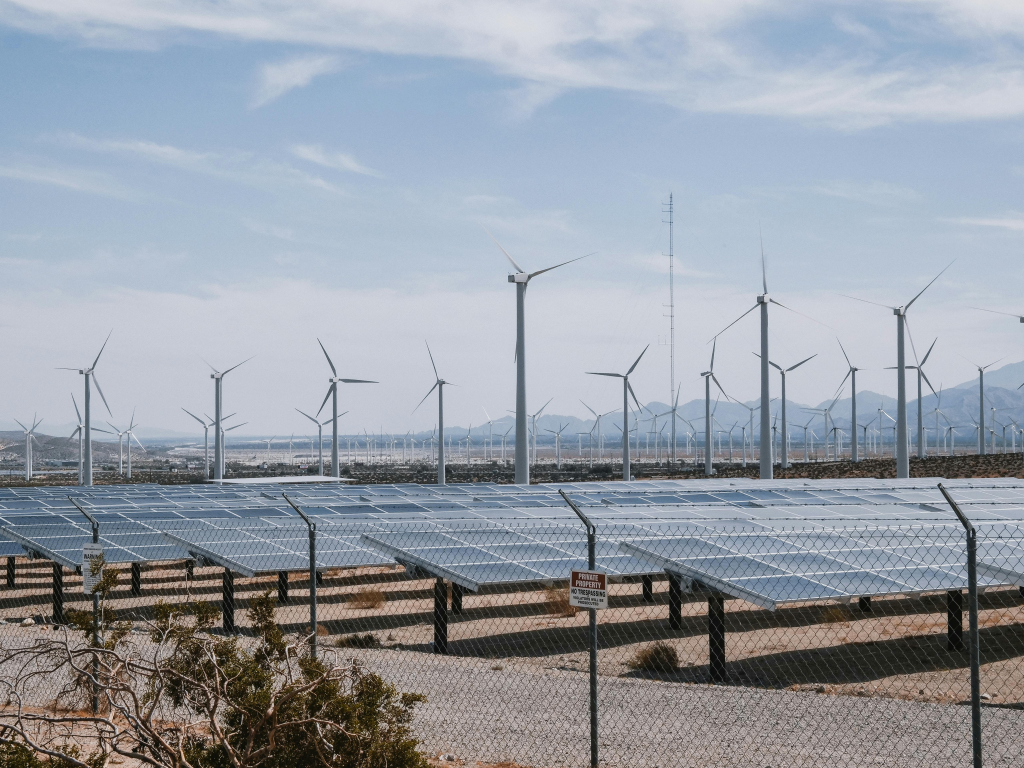
2. The Technical Architecture of a Near-100% Renewable Grid
Uruguay’s grid now runs on a complementary blend: about 40 percent wind, 40 percent hydropower, with solar and biomass making up the rest. The system uses dispatch coordination instead of storage there are no grid-scale batteries in Uruguay. Hydropower reservoirs balance wind fluctuation, with firm capacity from biomass plants. This combined strategy rebuts the general presumption that high renewable penetration necessarily means giant storage investments.

3. Data-Driven Advocacy and Political Consensus
Méndez realized that technical feasibility in itself would not guarantee the transition. His staff created a computer simulation program to simulate grid stability for high shares of renewables, illustrating how variability could be accommodated without compromising reliability. This proof built cross-party support, institutionalized in a 2010 multiparty accord that made the transition state policy protecting it from political cycles.

4. Financing Through Public-Private Synergy
Foreign lenders initially rebuffed Uruguay’s proposal as unrealistic on the back of any subsidies. Rather, the state-owned utility UTE contracted long-term Power Purchase Agreements (PPAs) to private developers, committing to purchase all renewable generation at fixed, dollar-priced levels for 20 years. This model relegated capital investment to private parties while maintaining control of the grid in public hands. Competitive auctions brought in international companies, and in 2011, Uruguay added more than 40 percent capacity eight times the original goal.
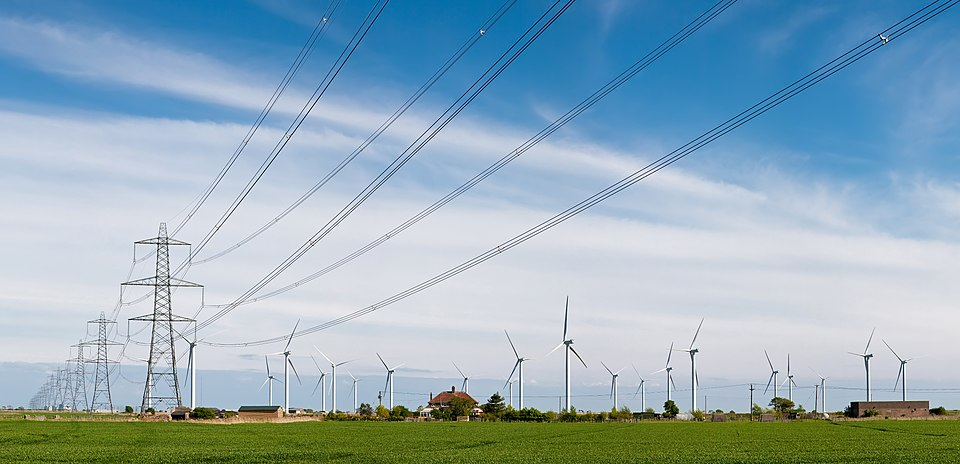
5. Grid Integration Without Storage
Uruguay’s experience refutes prevailing engineering orthodoxy that high renewable penetration requires large-scale storage. By leveraging resource complementarity wind production peaking when hydropower inflows are low the system’s stability is preserved. It coincides with developing international strategies that focus on flexible generation, demand management, and transmission upgrades ahead of storage deployment.
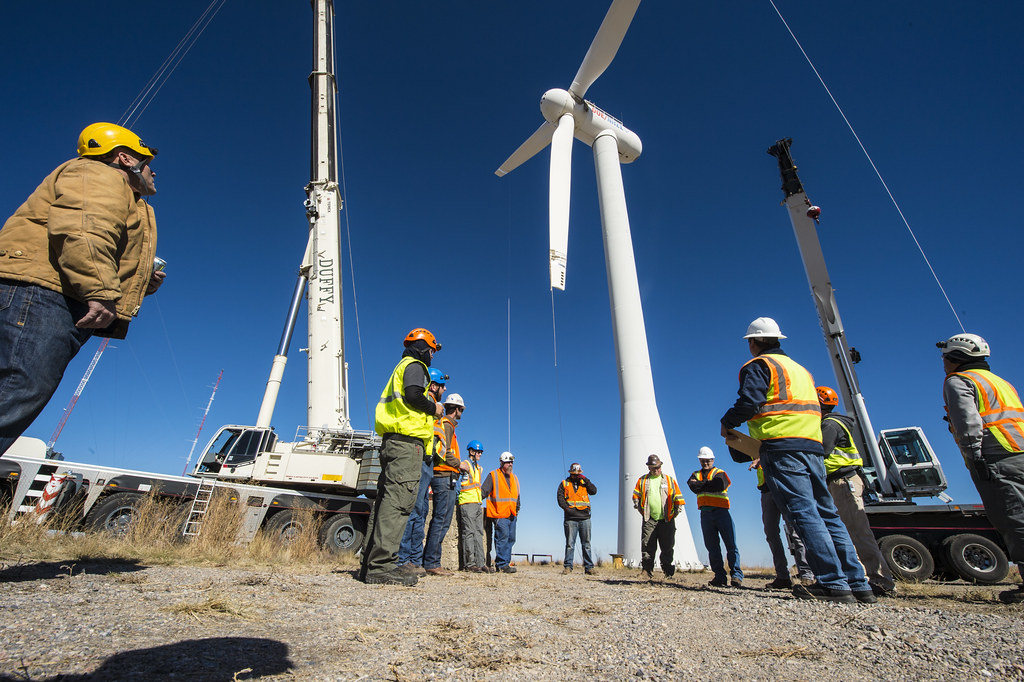
6. Economic and Social Co-Benefits
The shift reduced generation expenses by half, stabilized the cost of electricity, and produced 50,000 jobs around 3 percent of the country’s labor force. Uruguay now sells excess power to Argentina and Brazil. These results echo research that the renewable industry can create twice to three times as many jobs as fossil fuels, while shielding economies from commodity price shocks.
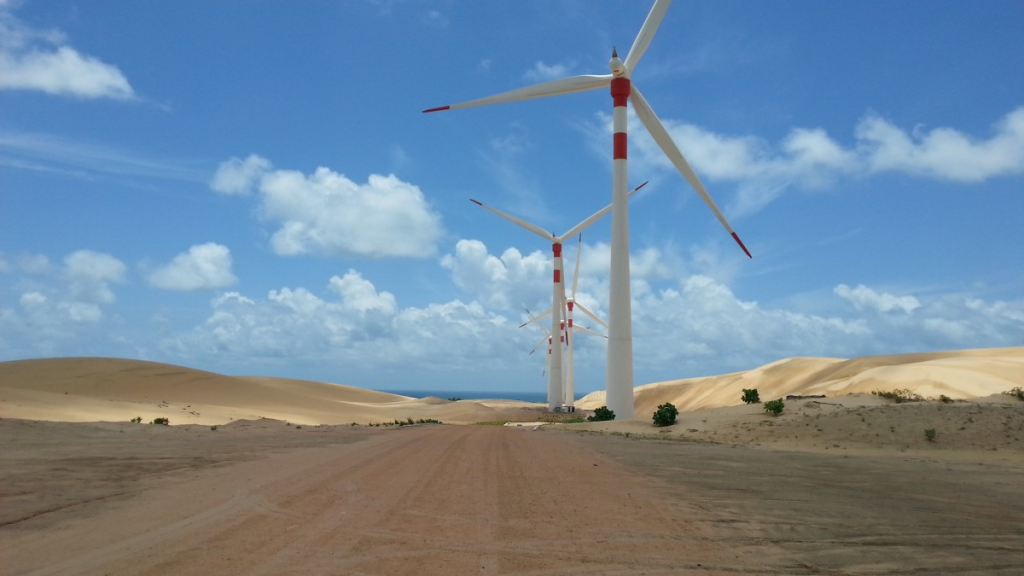
7. Stakeholder Engagement and Land Use
Farmers at first worried wind farms would interfere with livestock operations. Study tours to Brazilian wind facilities and open lease agreements UTE annually pays rent to landowners facilitated rural acceptance. This differs from mismanaged projects in other nations that have resulted in land conflicts and community displacement. Méndez’s model is consistent with best practices in community outreach, a deciding factor in project acceptance.
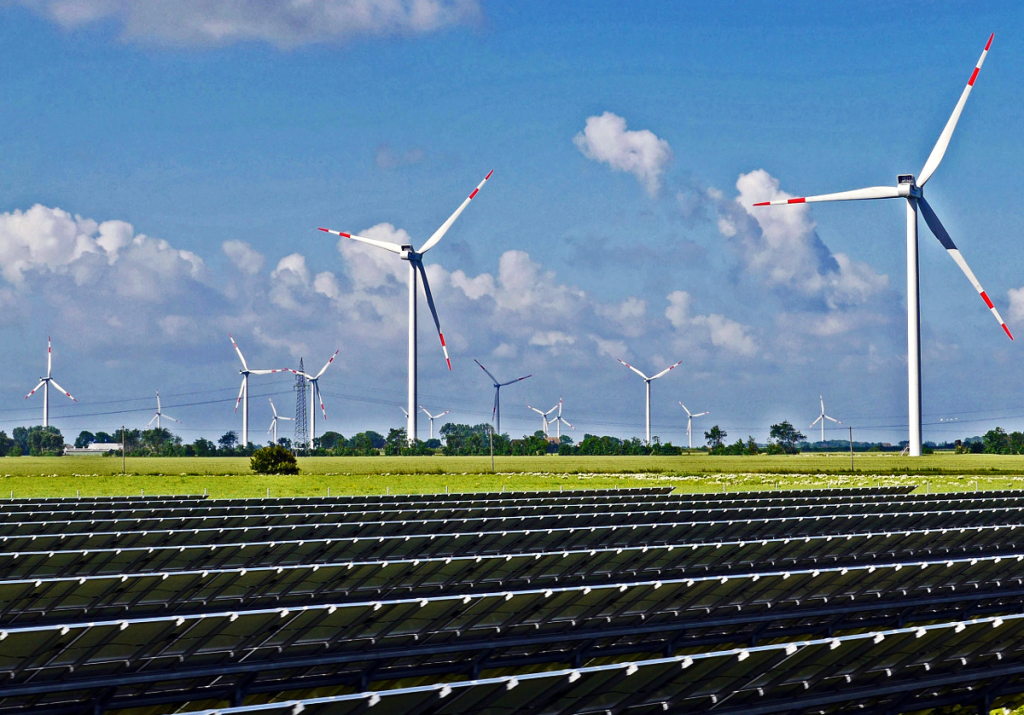
8. Lessons for Global Replication
Whereas Uruguay was blessed with special assets geographic compactness, lack of domestic fossil resources, and a reliable state utility its fundamental strategies respond to cross-border obstacles. These are establishing a facilitative regulatory system, upholding open auctions, and gaining access to the grid. As recent studies point out, the principal threats to developers in emerging markets today are market, macroeconomic, and governance-related rather than technological. Uruguay’s PPA approach reduced them to risk by providing revenue security and currency stability.

9. The Road Ahead for Ivy
Méndez’s non-profit, Ivy, is already consulting with countries ranging from Panama to the Dominican Republic. The aim is to demonstrate that an energy transition can be made to work in a variety of geographies and political systems. This means transposing Uruguay’s approach to contexts with less robust institutions, greater grids, or more deeply rooted fossil fuel sectors while preserving the modalities of political consensus, evidence-based planning, and stakeholder participation.
Méndez asserts the story has to change: “While renewables are indeed the best solution for climate change, the narrative should instead focus on their socio-economic benefits.” For policymakers and investors alike, Uruguay’s experience presents not only a climate case study, but a guide to creating resilient, sovereign, and equitable energy systems at scale.


